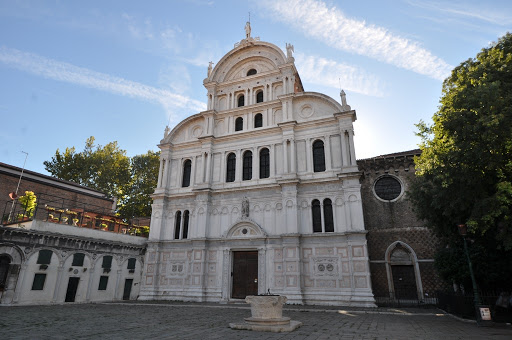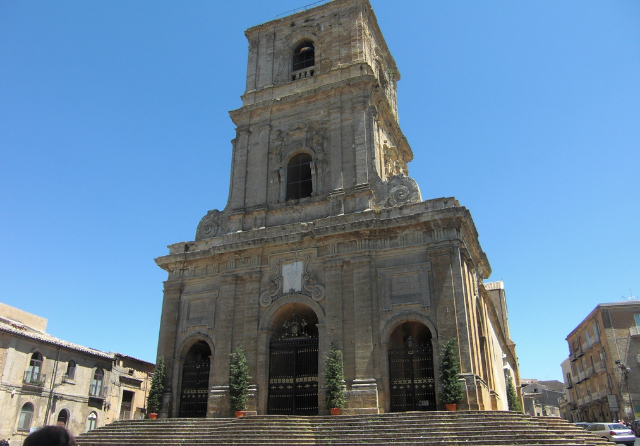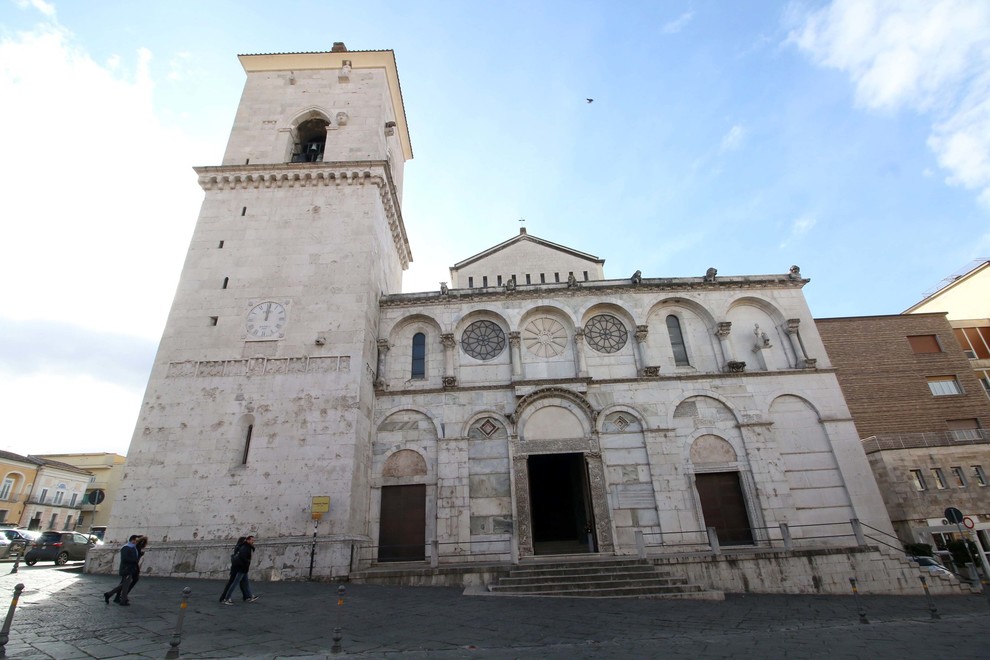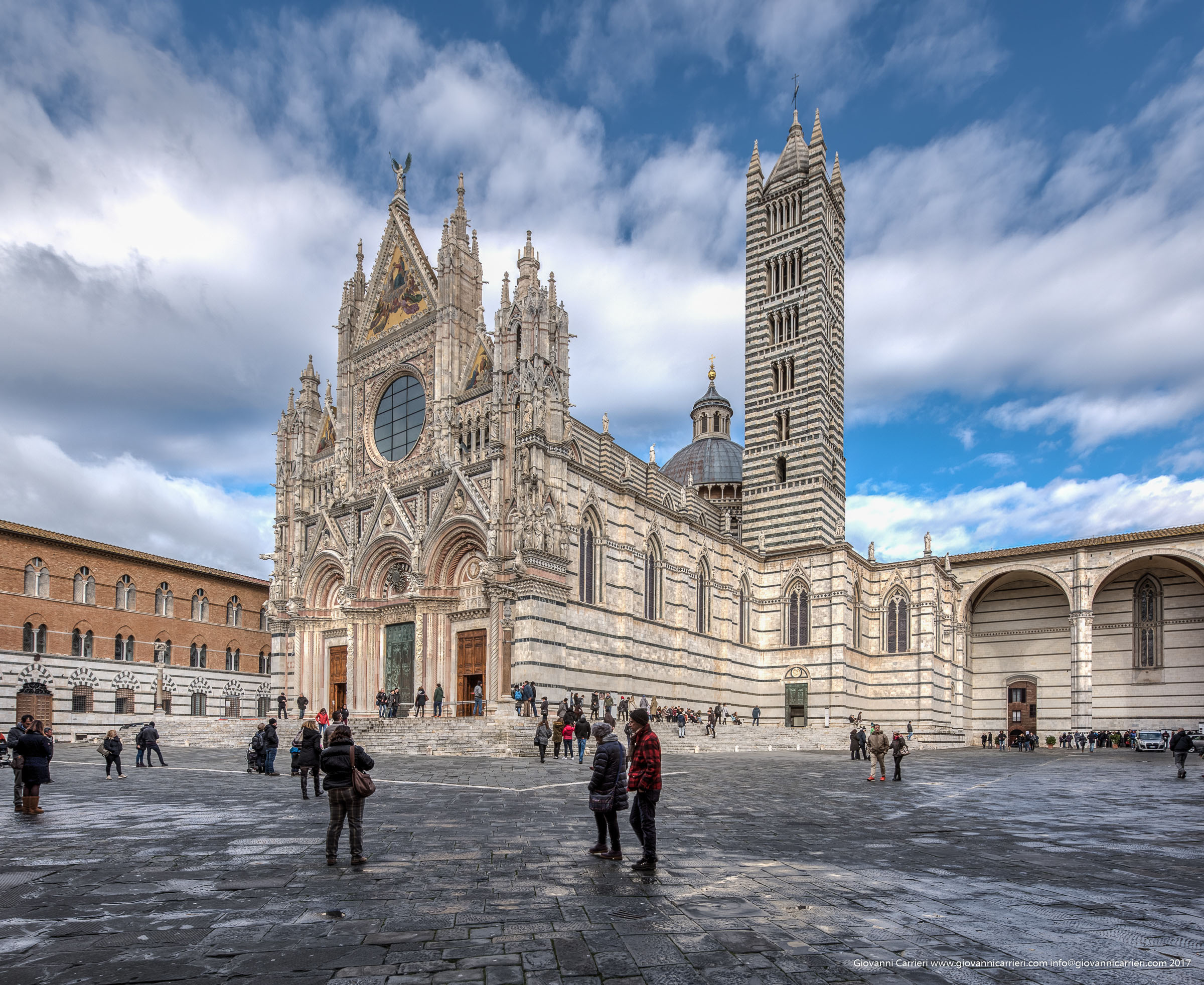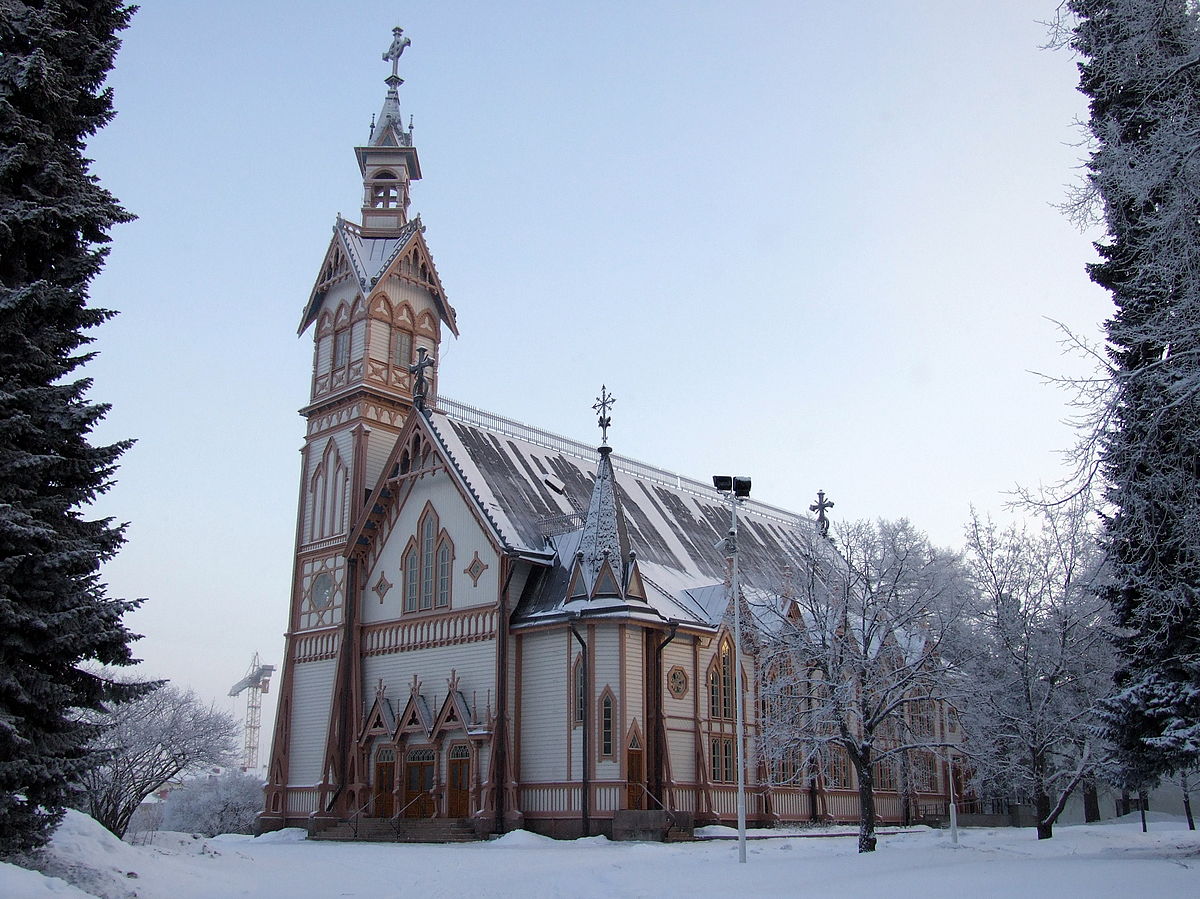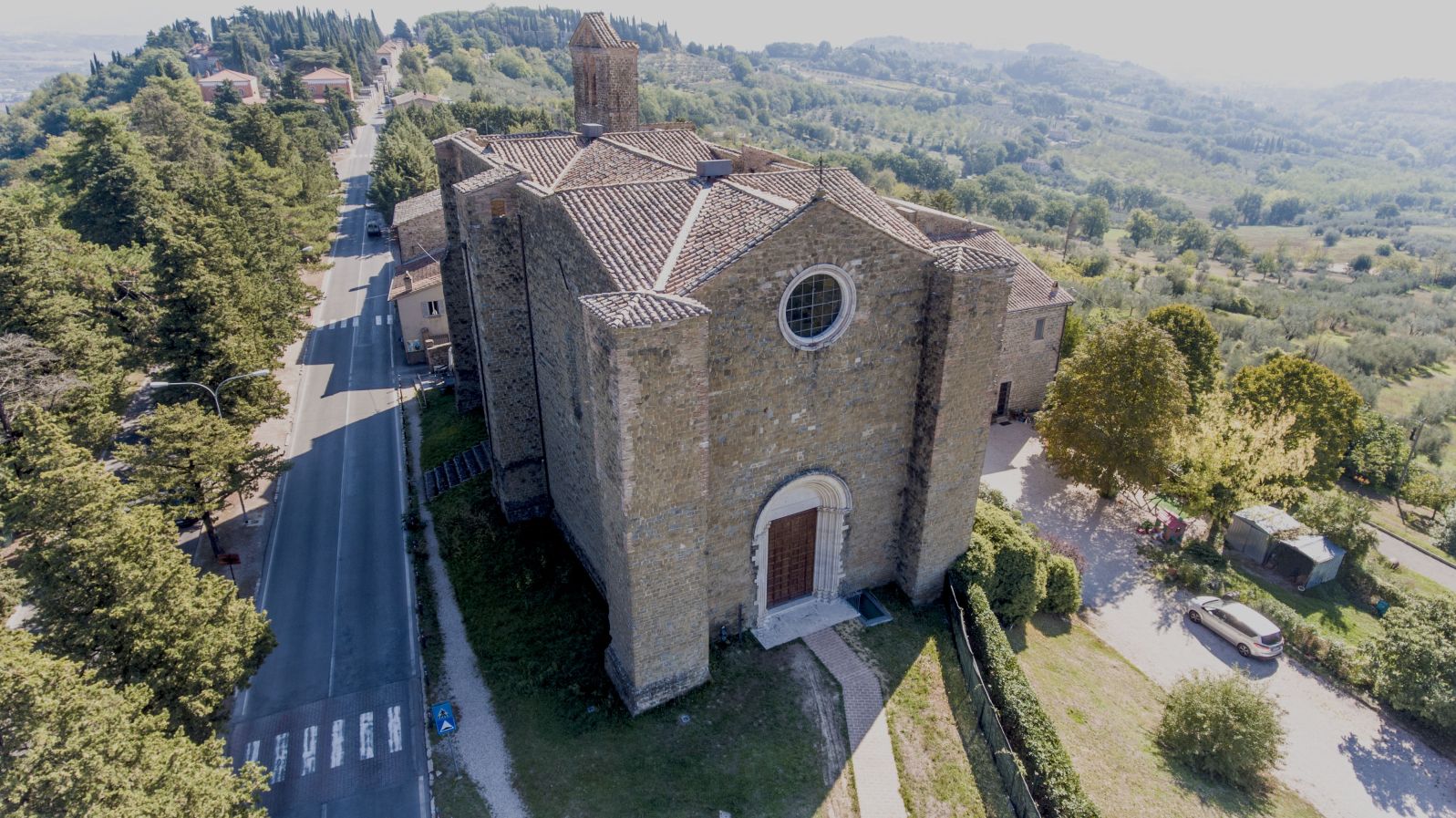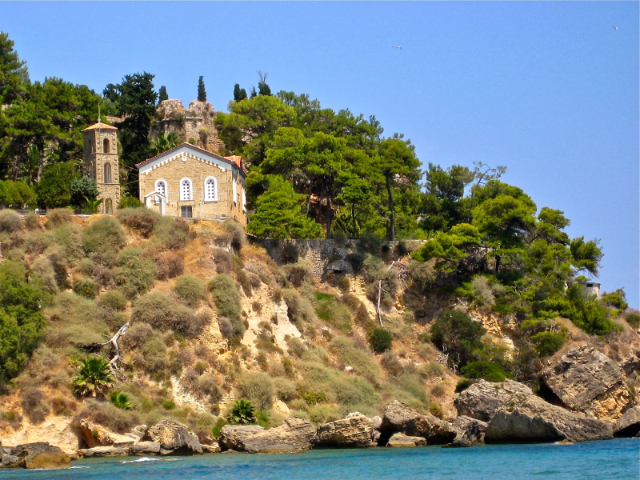The convent of San Zaccaria was the most important religious institute for women in Venice and was closely linked to the Doge and the nobility of the city.
The church had existed since the 9th century but in 1458 it was decided to build a new one alongside the previous one. The work was started by Antonio Gambello who created the polygonal apse with radial chapels which is unique in Venice. According to an ancient tradition the first ducal horn, the doge’s headgear, was donated in 864 by the abbess of the convent. For this reason every year the doge went in procession to the church carrying the horn.
San Zaccaria is a mixture of Gothic and Renaissance styles, one of the 10 most beautiful churches in Venice, with a rich and interesting history behind it.
The church of San Zaccaria is a sort of Venetian Pantheon, because 8 Doges of the Serenissima found burial here. Someone also mentions it as the Church of the Homicides, because at least two Doges were murdered inside it.
The church stands where there was a monastery of cloistered nuns, not exactly impeccable reputation; on the contrary. According to the gossip of the time, these young ladies, destined to the convent by the noble family so as not to disperse the patrimony with their matrimonial gifts, seem to have transformed their parlour into an elegant living room, the destination of concerts and various shows. Needless to say, the parlour was the destination of all young Venetian men.
But the most curious story is that of the donation made by the nuns to the city of Venice, to whom they gave part of their garden, the Brolo in Venetian (later Broglio), to enlarge the square in front of the church. Later the little square, which became the Broglio’s, became the destination of the penniless nobles who came here to sell their votes for the election of the Great Council. In short, it was a real electoral Broglio.
In the year 1105 a terrible fire destroyed it, together with the church, and it is said that more than one hundred nuns, who had taken refuge in the basement still existing today under the high altar, died asphyxiated.
Pope Benedict III found hospitality in this monastery in the year 855 while he was fleeing from the violence unleashed by the antipope Anastasius. In gratitude to the Benedictines of San Zaccaria, the Pontiff donated many relics, which became the pride of the monastery.
